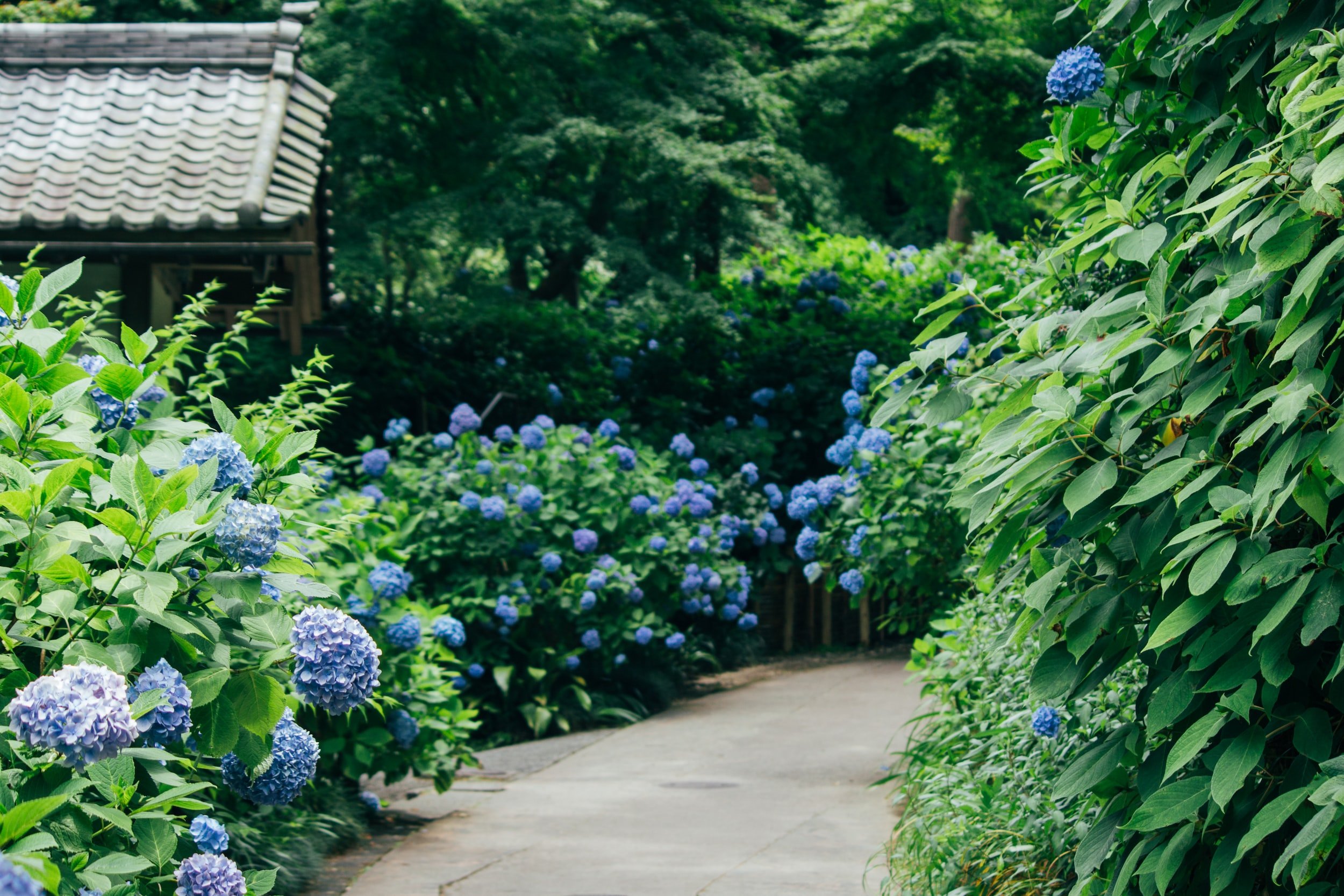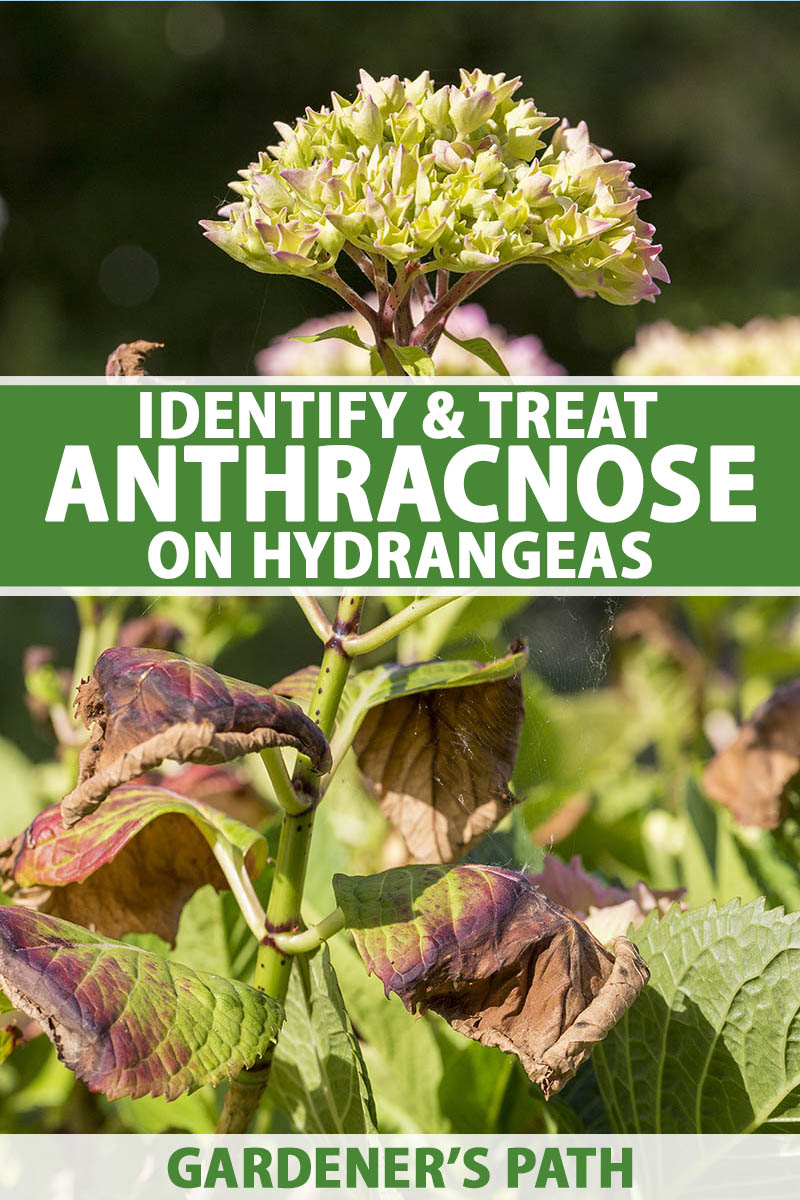5 Easy Facts About Hydrangea Leaves Turning Yellow Shown
Wiki Article
All about Hydrangea Leaves Turning Yellow
Table of ContentsNot known Facts About Hydrangea Leaves Turning YellowFascination About Hydrangea Leaves Turning YellowAll About Hydrangea Leaves Turning YellowThe smart Trick of Hydrangea Leaves Turning Yellow That Nobody is Discussing
Hydrangea plants are understood for their beautiful blossoms, however in some cases their leaves can turn yellow. This is normally a sign that something is incorrect and the plant needs your aid. There are a number of feasible reasons for yellow fallen leaves on Hydrangeas, and thankfully the majority of them are easy to take care of. Here we'll cover one of the most typical sources of Hydrangea leaves turning yellow and just how to fix them.Hydrangea leaves turning yellow can be a cause for problem. Hydrangea leaves normally transform yellow when the plant is overwatered.
When the roots of a plant are immersed in water for extended periods, they begin to stifle and rot. This procedure cuts off the roots' oxygen supply, triggering the fallen leaves to transform yellow and eventually die. Overwatering can additionally cause other troubles such as fallen leave drop, root damages, and fungal growth.
If you believe your Hydrangea is overwatered, the most effective service is to allow the dirt dry totally before sprinkling once again. It's also a good idea to examine the water drainage of your pot or garden bed and make sure that water is not merging around the plant's origins. Hydrangea plants require well-drained soil to flourish.
What Does Hydrangea Leaves Turning Yellow Do?
You must also guarantee that you are not watering your Hydrangea also frequently. Watering when a week ought to be enough, and a lot more frequently if the weather is warm and dry. Hydrangea leaves can likewise transform yellow if the plant is not obtaining sufficient water. This happens when the plant does not get adequate water, and the soil begins to dry out.
This is understood as "fertilizer burn," It takes place when the plant's roots are subjected to too much plant food. Other signs of plant food melt consist of brownish or yellow leaves, wilting, and stunted development.
This will certainly help eliminate any type of excess plant food from the origins of the plant. It's likewise a good idea to lower the amount of fertilizer you are utilizing.
Hydrangea Leaves Turning Yellow - An Overview

If your Hydrangea is infested with insects, treating the plant with neem or gardening oil is the best solution. It's also great to remove any affected fallen leaves from the plant (Hydrangea Leaves Turning Yellow).
To avoid spreading out the disease, ensure to sanitize your scissors prior to cutting any leaves off. Hydrangea leaves can likewise transform yellow if the temperature level worries the plant. This normally occurs when the plant is exposed to severe chilly or heat. The leaves of the plant will turn yellow and start to hand over.
If the temperature level emphasizes your Hydrangea, you need to move the plant to a location where it will certainly be secured from the severe chilly or heat. You can additionally try to supply the plant with some partial website here shade if revealed to guide sunshine. You can also try including compost around the plant base to aid manage the temperature level.
The Hydrangea Leaves Turning Yellow Diaries
The leaves can likewise turn yellow if the Hydrangea plant has origin rot. This is generally caused by overwatering or bad water drainage. When the plant's roots are submerged in water for as well long, they start to rot. One of one of the most usual root rot symptoms is yellowing fallen leaves, as the fungi protects against the roots from taking in nutrients from the dirt.Other indications of origin rot consist of stunted development, wilting, and leaf drop. Inspect the roots of your Hydrangea if it has root rot. If they are black or brown, then they are most likely rotten. If some healthy roots are left, you can attempt to conserve the plant by replanting it discover this info here in a brand-new pot with fresh dirt.
If your Hydrangea is heavily affected by root rot, beginning with a new plant is best. As Hydrangeas age, their fallen leaves will gradually transform yellow and brown before dropping off the plant.
You can help the plant by guaranteeing it is obtaining adequate water and nutrients. One possibility is that the plant is not getting sufficient water.
Report this wiki page